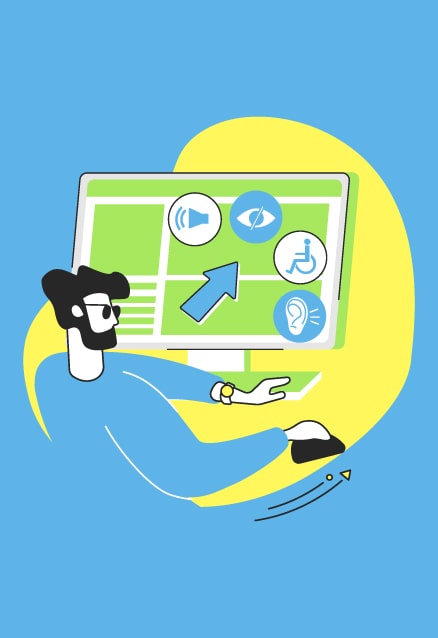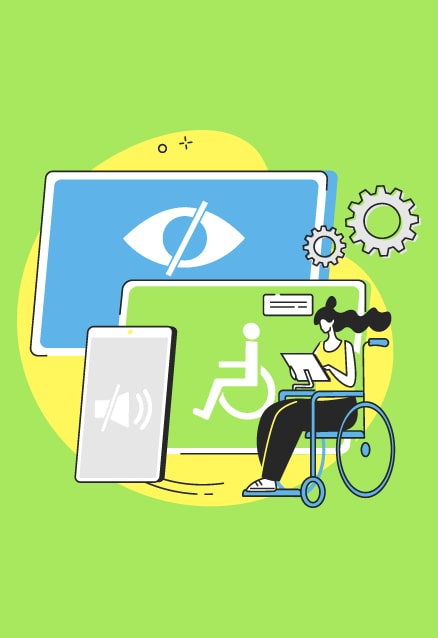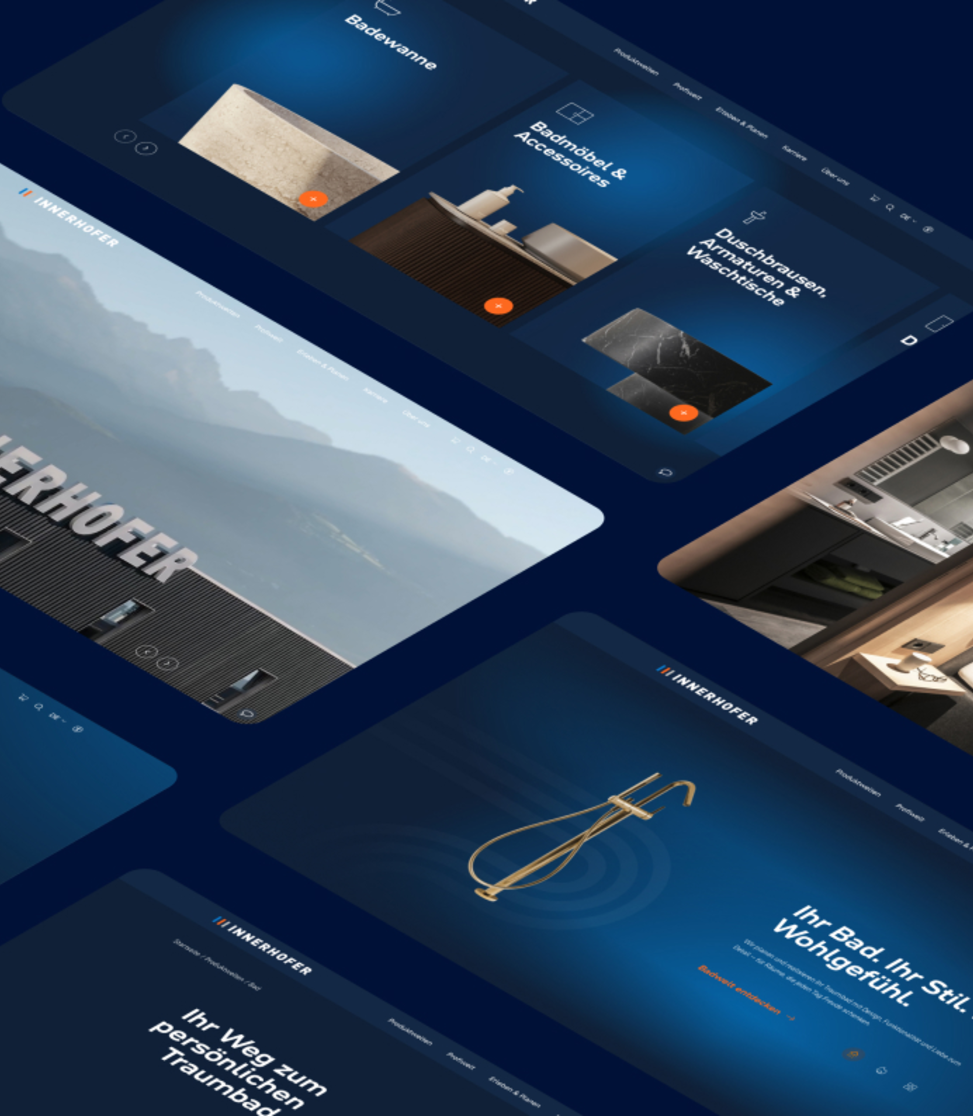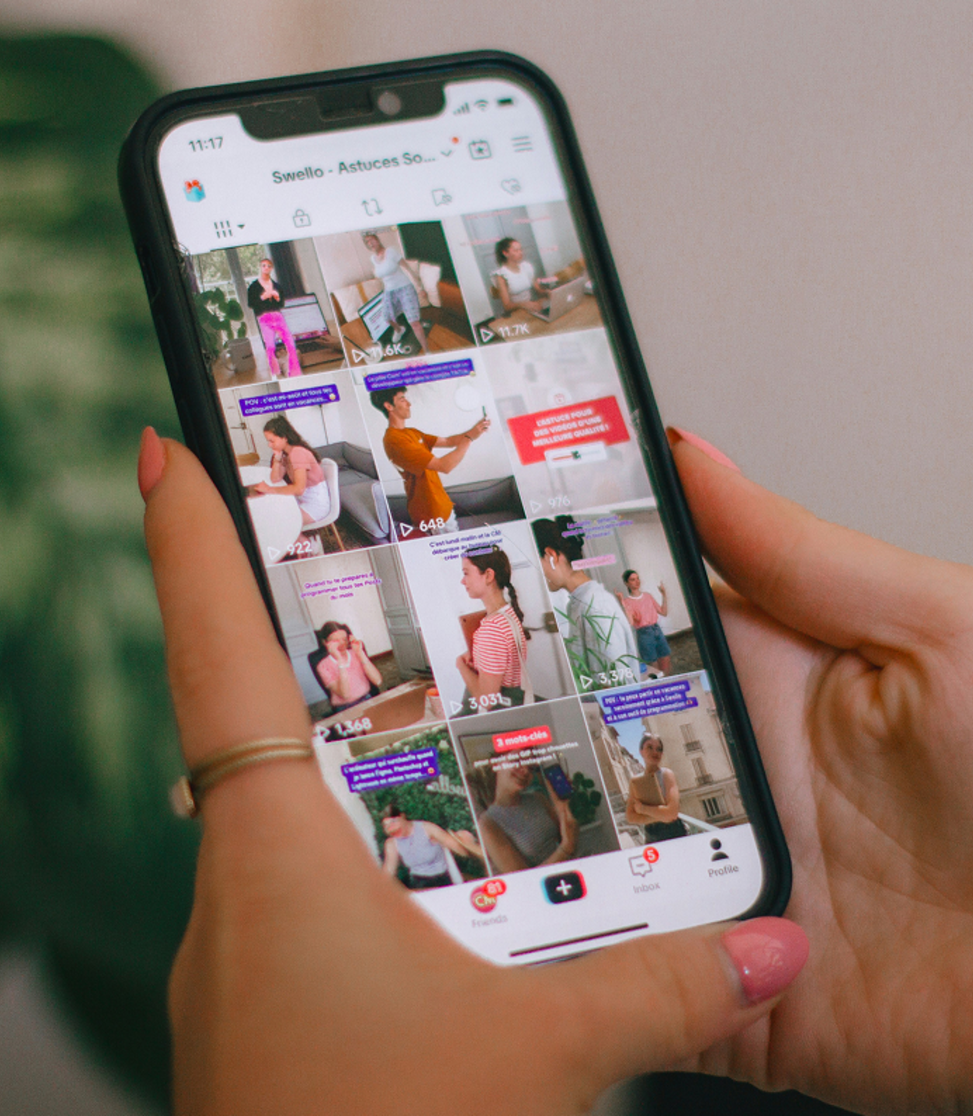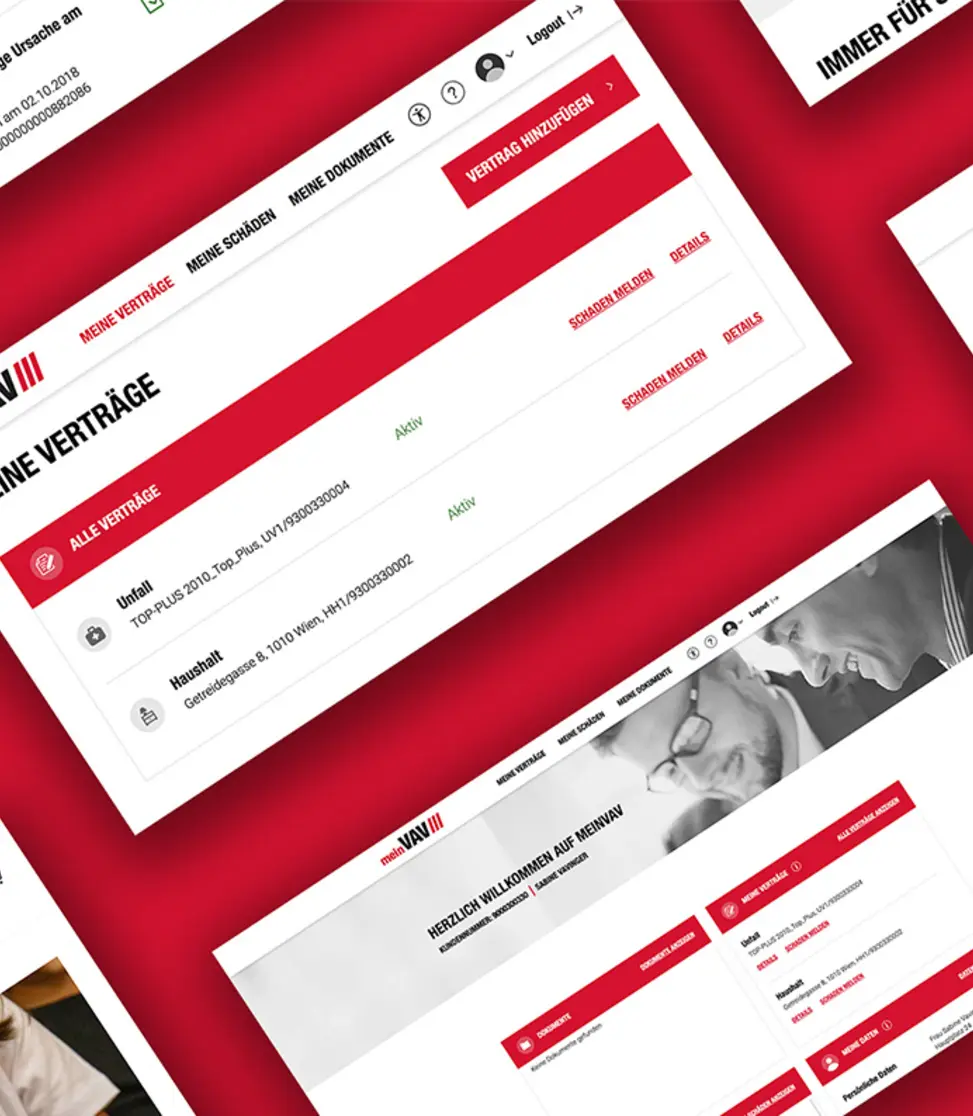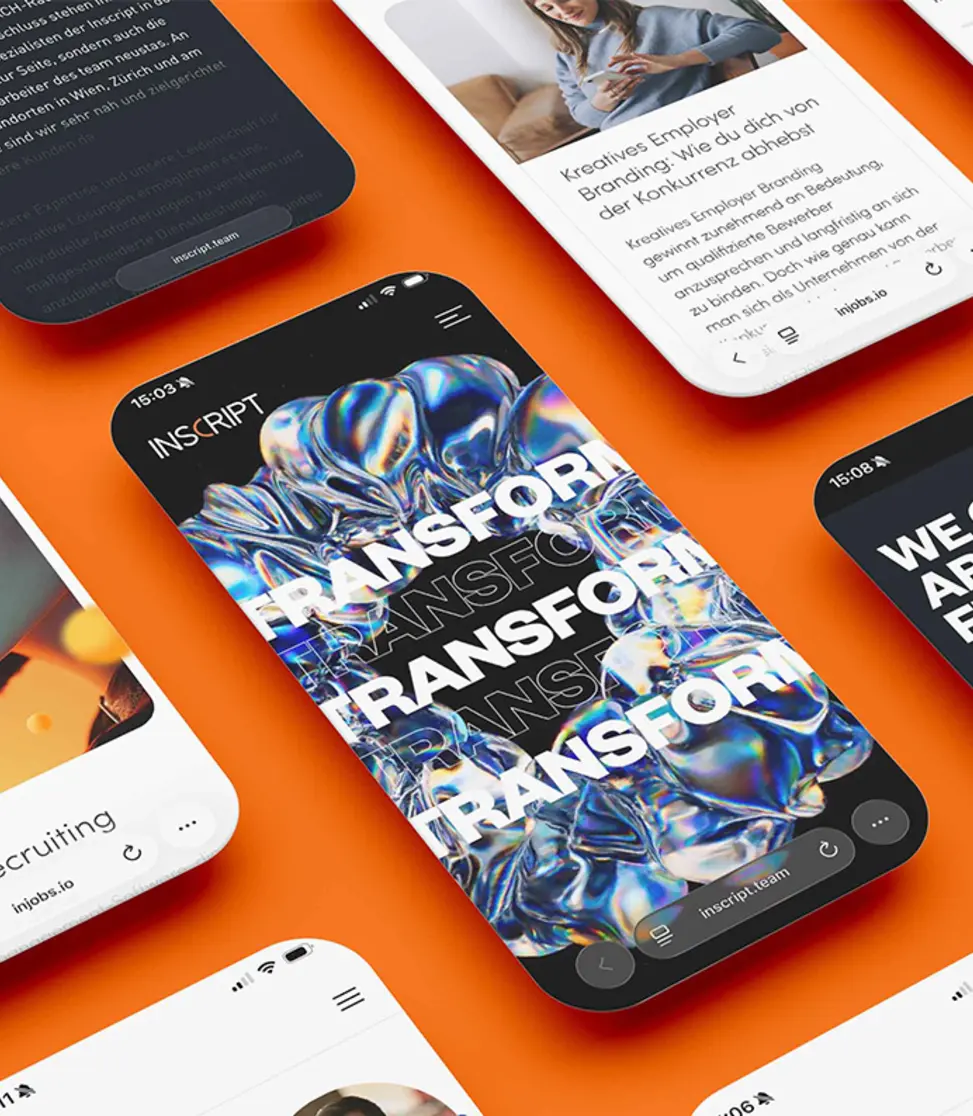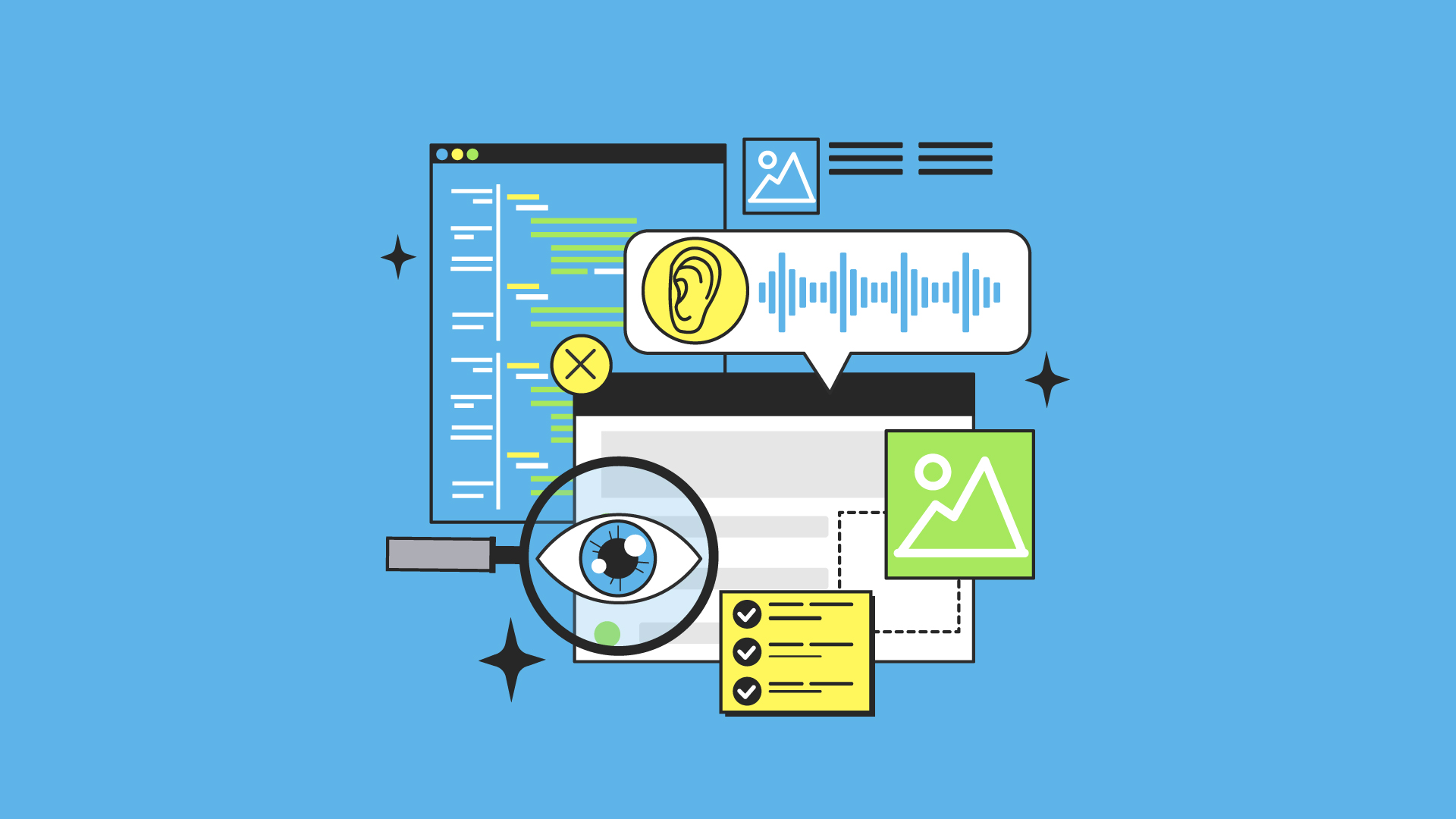
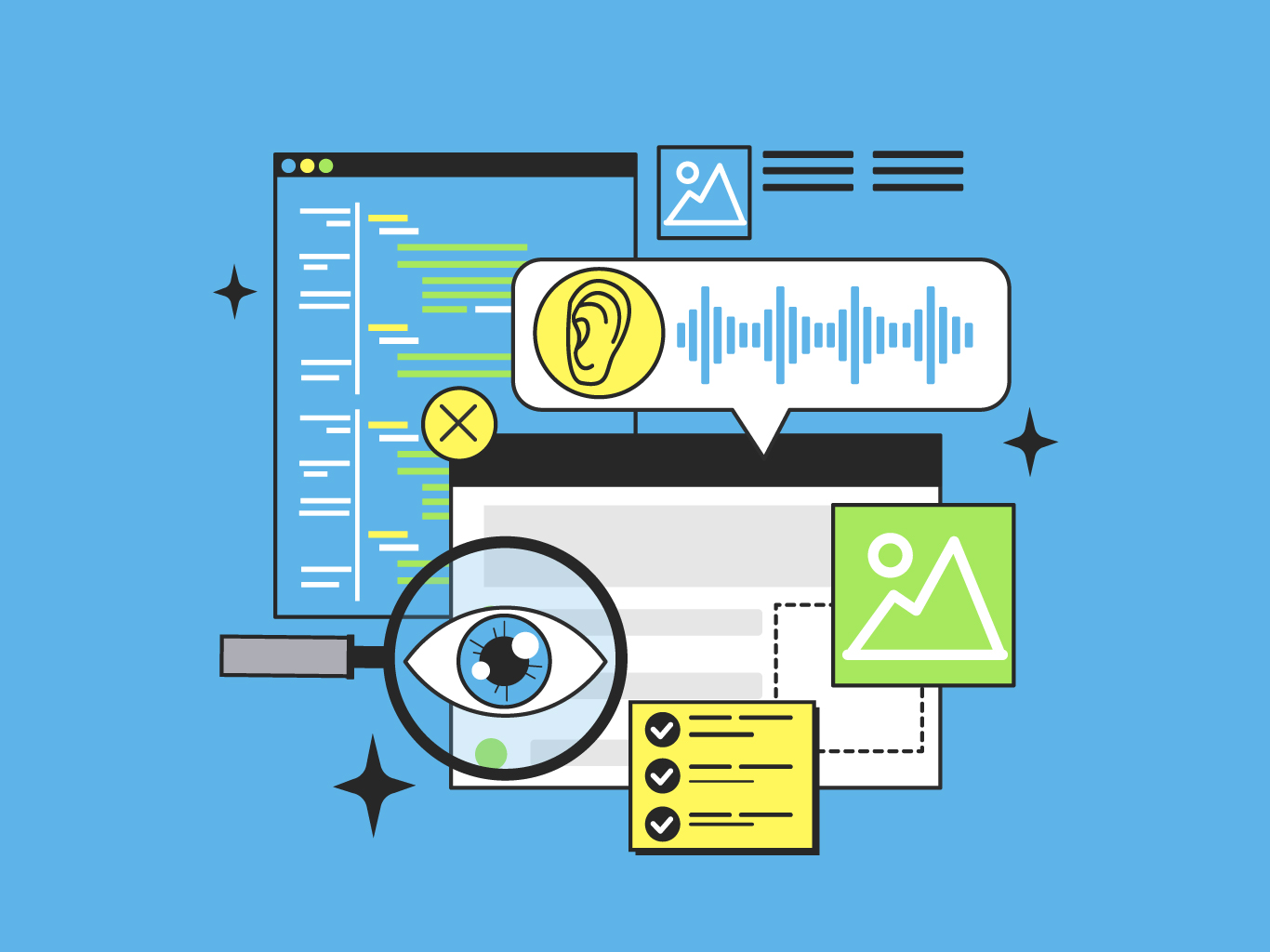
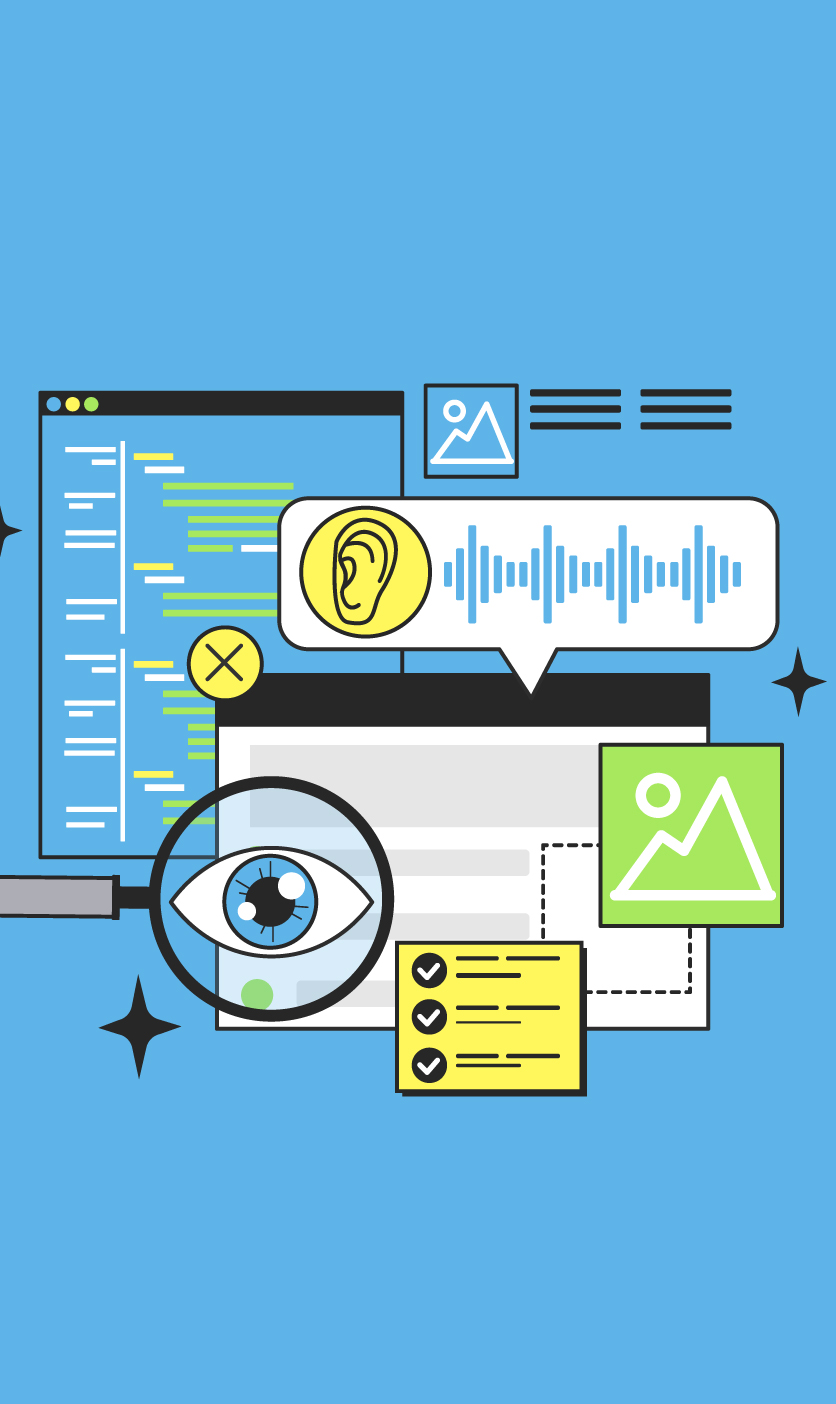
Accessibility on the Internet
Web accessibility is an important aspect that is often overlooked by many web developers and designers. But it is essential that websites are accessible to all users, regardless of their individual abilities or limitations.
To ensure that a website is accessible, there are guidelines created by the Web Accessibility Initiative (WAI) of the World Wide Web Consortium (W3C). These guidelines are known as the Web Content Accessibility Guidelines (WCAG). The WCAG are a set of recommendations and best practices to ensure that a website is accessible to people with disabilities.
The WCAG have three ranks of conformance: A, AA, and AAA. These ranks are not hierarchical, but represent different levels of conformance.
EU law change
Since September 23, 2020, all public bodies and authorities in the European Union must ensure that their websites and mobile apps are accessible. From September 23, 2025, this will also apply to all other companies operating in the EU. The implementation of accessibility thus becomes mandatory and there are severe penalties for non-compliance.
This legal change is a major step toward an inclusive society and helps ensure that people with disabilities can participate in the digital world on an equal footing. Companies that invest in accessibility now will benefit not only by avoiding penalties, but also by having a larger target audience and an improved reputation.
An accessible website is not only accessible to people with disabilities, but also easier to use for people without disabilities. For example, older people or people with temporary limitations (e.g., injury) can benefit from an accessible website. Accessibility also improves search engine optimization, as search engines prefer accessible websites and thus rank them higher.
In addition, accessibility can lead to higher user satisfaction. When a website is user-friendly and easy to navigate, users stay on the site longer. There is also a higher probability that they will return in the future. So, an accessible website can become a valuable tool for customer retention.
Overall, companies can benefit from implementing accessibility by increasing their reach, improving their reputation, increasing user satisfaction, and improving search engine optimization. They also meet their legal obligations and contribute to creating an inclusive society.
To ensure that your website meets accessibility requirements, you should follow the WCAG guidelines. It is advisable to consult experts in the field of accessibility to ensure that all requirements are met. By implementing accessibility, companies can create a better world and gain economic benefits at the same time.


Do you have questions about accessibility for your website?
Then feel free to contact us! Discover the world of accessible web design and make your website accessible for all users. If you have any questions about implementation or need support, don't hesitate to contact us. Our experts are available to help you make your website accessible and user-friendly. Contact us now and let's create an inclusive online presence together.
